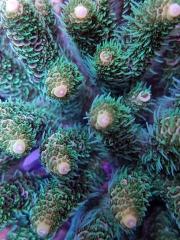[DISCUSSION] BASIC REEF CHEMISTRY (PART I)
-
Similar Content
-
Topics
-
Latest Update
-
1
-
0
WTS OMEGA ZOAS
Big frag $30 Small frags $10 Prefer to Deal at Sengkang mrt pm me telegram @jtsc1 for details -
1
-
0
WTS sea slug
$6, just clear my tank algae. Will pick at all algae on the rock. Collection Punggol east 821659 Watsapp me at 918878two six Sent from my iPhone using Tapatalk -
0
Wtb chaeto
I need a lot a lot of chaeto for my big tank. Will buy 1.5L drinks in exchange. Pls pm me at 9six3five37two3 Sent from my SM-G781B using Tapatalk
-







Recommended Posts
Join the conversation
You can post now and register later. If you have an account, sign in now to post with your account.